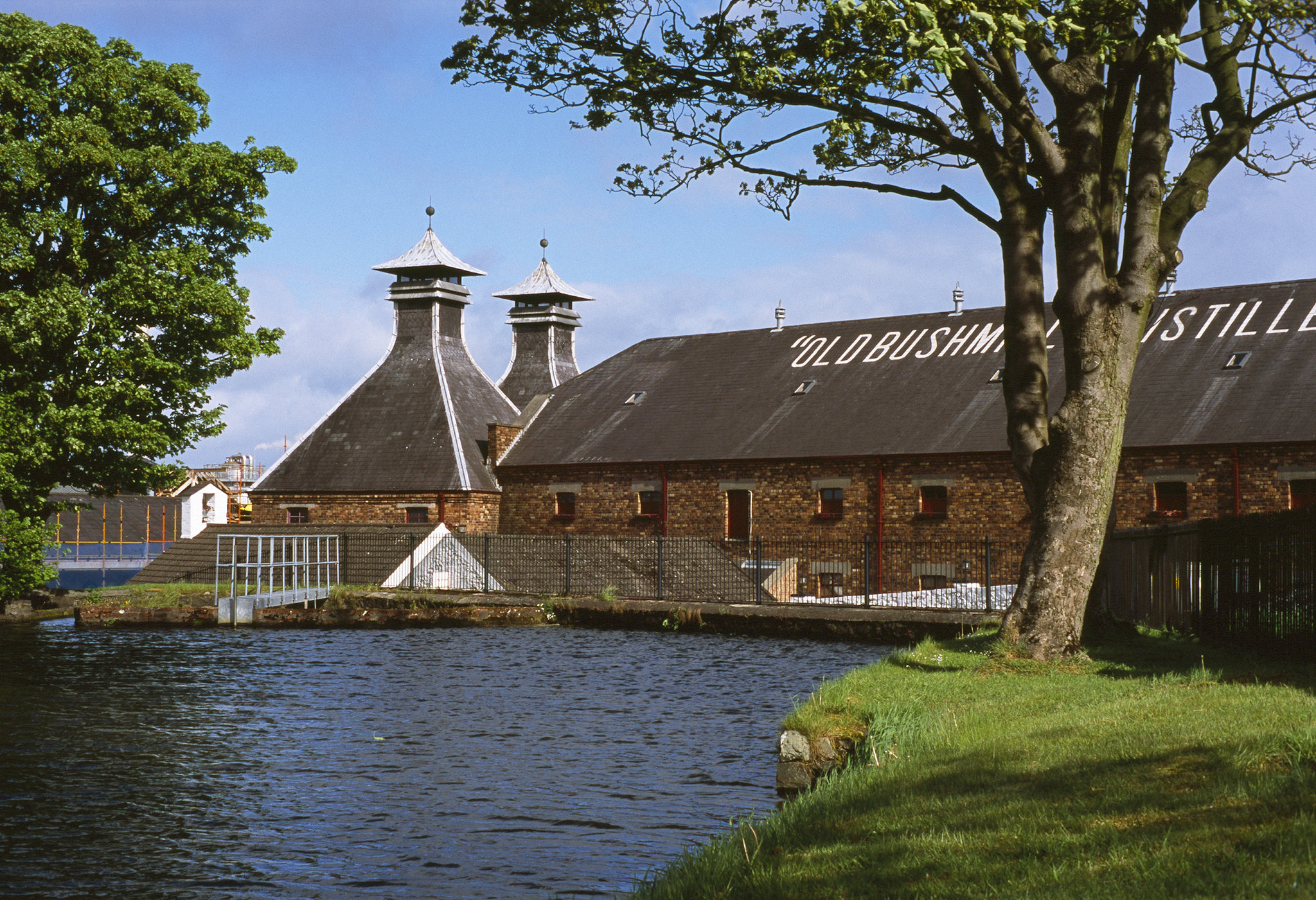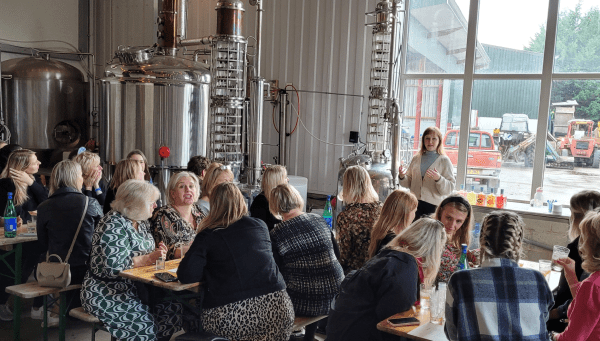The alcohol industry is a fascinating place to work. As vast as it is subjective, there is always so much to learn.
However, it is also equally interesting that some techniques and customs haven’t changed in hundreds of years when it comes to production.
A couple of weeks ago, I headed over on a short trip to Northern Ireland to (amongst other things) visit the Bushmills Whiskey distillery. Set in the town of Bushmills in the beautiful Country Antrim, just down the road from the Giant’s Causeway, it is quite a place. However, apart from enjoying the settings, there was a more simple reason for my desire to visit. Whiskey is something that I know much less about than Gin. I struggle to enjoy it, and tend to shy away from drinking it. I’m aware that this is probably down to my lack of knowledge/enthusiasm as much as anything. I’ve always been a clear spirit person, and just don’t really ‘get’ Whiskey, but I’m always happy to give it a go.
The smell on arriving at the distillery reminded me very much of the family brewery, malty and sweet, it was easy to imagine it being exactly the same a hundred years ago.

I opted to take the tour, which was entertaining if not especially educational for somebody who runs a distillery himself (I decided not to be that guy who corrects the tour guide). However, what it did illuminate was how similar the beginning of the process at Bushmills is to our own. For those of you who don’t know, Whiskey starts out as the same spirit as Gin, but it is the aging in a wooden barrel that gives it the flavour, and makes it Whiskey.
I did notice, however, one major difference in our processes when it comes to the base spirit. As far as I could see, there was no filtering happening between distillations. Whereas we do everything we possibly can to ensure the softest cleanest base spirit before adding our botanicals, with whiskey it is almost the complete opposite. For whiskey, filtering would take some of the natural malty flavours of the spirit away, and therefore make the job of flavouring it using nothing but wood very difficult. For us on the other hand, we use very complex botanicals, so it is vital that we have no other flavours (apart from that of the alcohol) encroaching on our mix.
As a guideline, we leave our gin for around eight weeks before selling it. In that period, it reaches the end of its maturation, and the flavours are then at their best. With whiskey, the bare minimum to mature in the wooden casks is three years. Up to that point you are unable to call it a whiskey, but as a rule, the longer you leave it after that, the more flavour you get from the different types of wood, and the more expensive it becomes. The price, to some extent, is increased because over time you actually lose a lot of the liquid inside the barrel, meaning that over about fifteen years, you lose roughly fifty percent of the liquid through the porous wood. Interesting stuff!
When we distil, our yield is usually around 180-200 bottles per run. We bottle by hand, and it takes a lot of hours and pairs of hands to get through it. At Bushmills they can bottle 180 bottles a minute. Something to aim for I guess!
After the tour, we obviously hit the on site bar. During a conversation I had with an employee there I was recommended to try the Bushmills 12 year old Distillery Reserve. The story behind their Distillery Reserve (or so we were told) is that they are the best bottles that the place produces, and therefore do not go to market. Lovely sentiment, but I have my suspicions that this case, it might have been more to do with it not being particularly good… Their honey whiskey on the other hand is delicious, and until I remembered that I have a distillery full of gin back home I was almost tempted to buy a bottle.
In summary, it was an interesting trip. It felt right that they are still based in the little town that they were founded in, and the best setting to sip a whiskey in. That being said, I think I’ll be sticking to the clear stuff for a little while longer!




